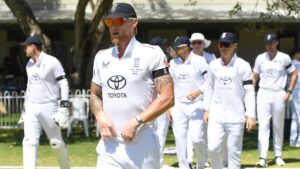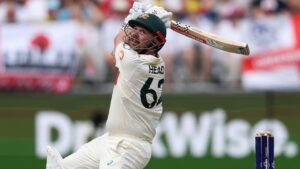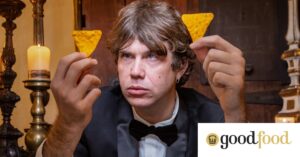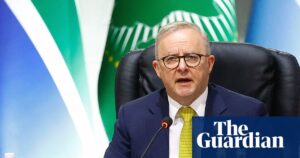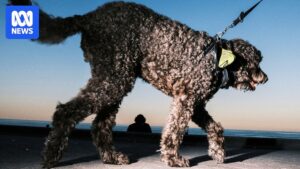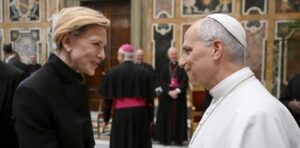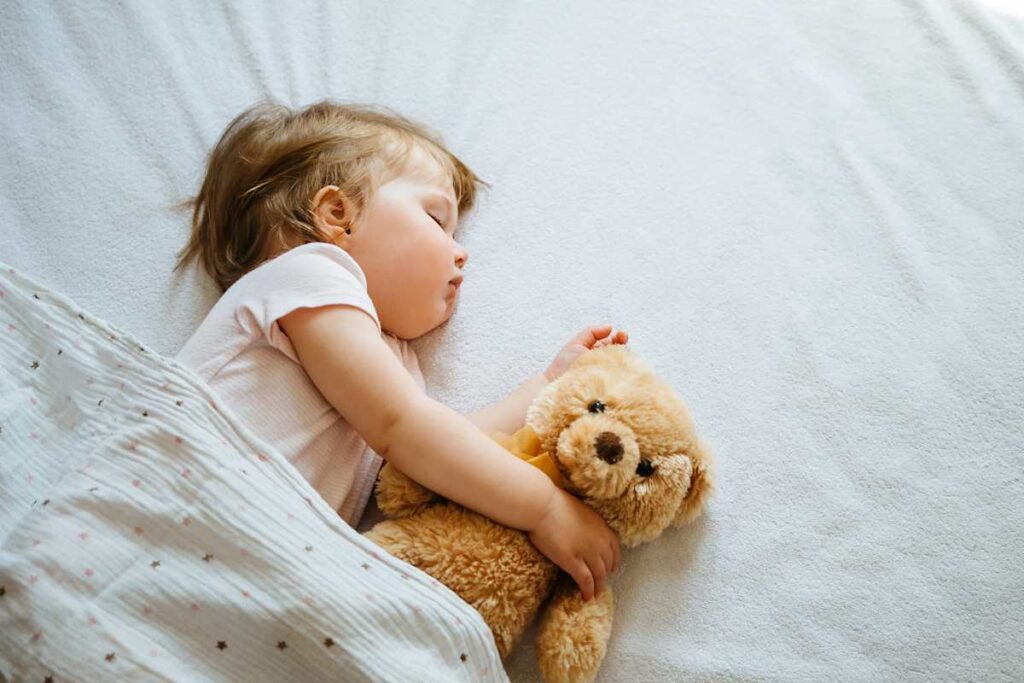
In 1987, within a single makeshift room at the Monash Medical Centre, a groundbreaking initiative quietly began under the guidance of Professor Michael Adamson AM. This was the inception of the first paediatric sleep studies, conducted in the after-hours silence of Monash University’s Department of Paediatrics. What started modestly with one bed, one sleep technologist, analogue equipment, and a handful of dedicated researchers has since evolved into a globally recognized center for paediatric sleep medicine and research.
Associate Professor Margot Davey, who became the Director of the Melbourne Children’s Sleep Centre in 2003, recalls, “It was an unusual set-up. Michael Adamson had a passion for sleep and neonatal care when very few people took it seriously. His belief in the field helped us lay the foundation.”
Origins in SIDS Research
The early research focus was on sudden infant death syndrome (SIDS), driven by the work of Professor Rosemary Horne. Her PhD in the 1980s explored whether fluctuations in blood pressure could trigger arousal from sleep, a key factor in understanding SIDS. “Even back then, it was well-understood that SIDS happened during sleep,” she explains. “Our work showed that babies sleeping on their tummies, the biggest risk factor for SIDS, had impaired arousal responses and reduced control of heart rate and blood pressure.”
Their research delved into how prone sleeping, preterm birth, and maternal smoking impacted infant physiology. These findings helped explain the epidemiological links between sleep position and SIDS risk, contributing to national and international infant safe sleep guidelines. “We were doing bench-to-bedside before it was a buzzword,” says Professor Horne. “We built a research bed out of a cupboard and a corridor. Everything we discovered was channeled into improving practice.”
Building a Statewide Service
As clinical demand grew, parents and paediatricians began referring children with sleep concerns, ranging from snoring to complex respiratory and sleep conditions. However, sleep medicine was not yet recognized as a specialty, and support was minimal. “I was paid for one hour a week when I started in 1994,” says Associate Professor Davey. “We had a tiny team, bulky analogue equipment, and no digital monitors, so we literally ran studies in the dark.”
By 2001, the Department of Respiratory and Sleep Medicine at Monash Medical Centre officially took over the lab, expanding its infrastructure. It grew from one to six beds, supported by research staff, and became a statewide clinical service for children with sleep disorders over the next two decades. “It was a gradual, determined evolution,” says Professor Horne. “And it was only possible with visionary leadership from people like Professor Nick Freezer and Professor Adrian Walker.”
From Research Room to Global Impact
The team began to secure competitive funding from the National Health and Medical Research Council (NHMRC), focusing on obstructive sleep apnoea and its effects on cardiovascular and neurocognitive development. Associate Professor Gillian Nixon joined in 2006, helping to build new research pathways and integrate ear, nose, and throat (ENT) and respiratory care.
“A major goal has been simplifying and scaling diagnostic testing,” she explains. “We pioneered overnight oximetry to measure oxygen saturation in blood and initiated CPAP or continuous positive airway pressure for treatment of sleep apnoea in a child’s own home, which has since become standard practice.”
The team also established a research database in 2004, now containing over 18,000 sleep studies. “It’s the only paediatric sleep lab in the world that we know of with this kind of infrastructure,” says Professor Horne. “We’ve measured everything from heart rate variability to cerebral oxygenation.”
Home Testing and New Horizons
Today, the Monash paediatric sleep team is at the forefront of home-based diagnostics. Their current MRFF-funded project is testing how existing devices can safely and accurately assess children outside the hospital environment. “Children who snore often go untreated, and yet the consequences can accumulate as they grow,” says Associate Professor Nixon. “We’re now seeing evidence that treating preschool children with sleep-disordered breathing can improve not just behavior, but long-term cardiovascular health.”
The team is also exploring the broader relationship between sleep, screen time, and mental health through new collaborations with psychology researchers. “Sleep doesn’t just sit in the medical box,” says Associate Professor Davey. “It cuts across developmental, psychological, and behavioral domains. It’s integral to everything.”
A Culture of Collaboration and Curiosity
One of the program’s greatest strengths is its blend of scientific rigor and clinical compassion. Professor Horne and Associate Professor Davey have long championed cross-disciplinary training, nurturing a team where PhDs are the norm. “Many of our staff started with honors or PhDs and stayed in the clinical program as sleep scientists,” says Professor Horne.
This culture has shaped new leaders, including their newest consultant, Dr. Lauren Nisbet, who completed a combined Bachelor of Medicine, Bachelor of Surgery/PhD under Horne and has now returned as a clinician-scientist. “It’s come full circle,” says Associate Professor Davey. “We’re training a new kind of professional – people who value sleep science and clinical care equally.”
With new trials underway, a unique data resource, and growing awareness of sleep as a critical health pillar, the future of paediatric sleep medicine at Monash is bright. “It’s no longer a fringe field,” says Associate Professor Davey. “The American Heart Association has named sleep as a new cardiovascular health metric. We’ve come a long way from being ‘the crying baby department’.”
Their next questions focus on identifying critical windows for intervention, expanding access through home testing, and better understanding the role of sleep in mental health. “Sleep is not a luxury,” says Professor Horne. “It’s essential. And we want every child to get the best chance at healthy development, starting with a good night’s rest.”
This article is part of the “60 Years of Impact” series celebrating the Department of Paediatrics at Monash University.

